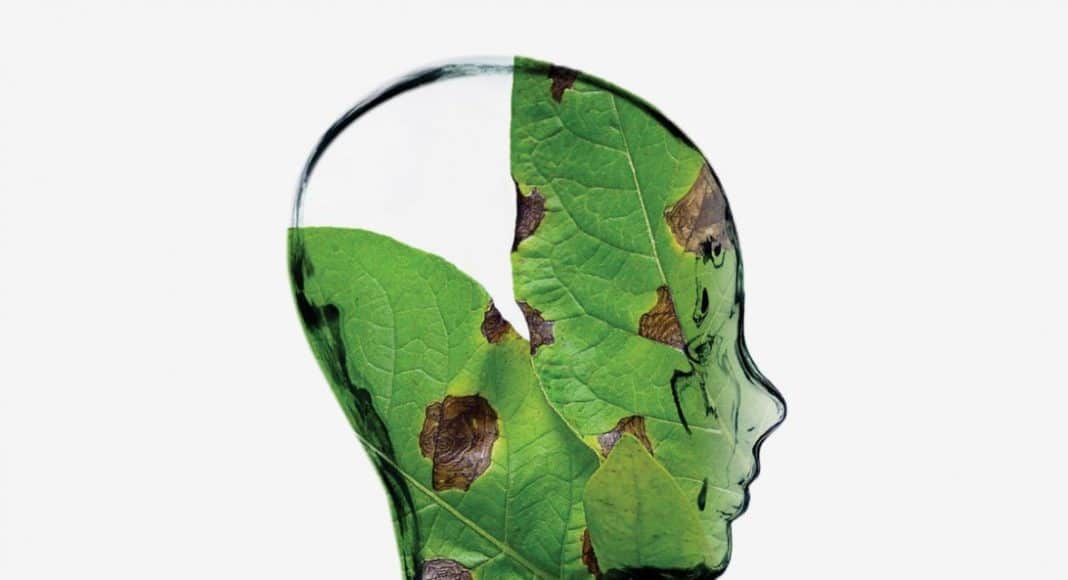[deck]Biopesticides are offering growers alternative means of control.[/deck]
Across Canada, growers are implementing integrated approaches to pest control, including the use of biologically-prepared pesticides which boast lower environmental as well as human and animal health risks compared to some chemical pest control products. Biopesticides are made from the natural products of plants, living organisms or minerals.
“These products are capable of being toxic or producing metabolites that are deleterious to pests or pathogens of other organisms,” says Khalil Al-Mughrabi, a pathologist at the Potato Development Centre, New Brunswick Department of Agriculture, Aquaculture and Fisheries. He further notes that some products have active ingredients that trigger the natural defence systems of plants, thereby making them resistant to invasions of pests or pathogens.
“Although many biopesticides are available worldwide, only a few are currently registered in Canada,” Al-Mughrabi says, adding that according to the Pest Management Regulatory Agency, most of the products are microbials. The PMRA defines microbial pest control agents as “naturally-occurring or genetically modified microorganisms, including bacteria, algae, fungi, protozoa, viruses, mycoplasmae or rickettsiae, and related organisms.”
Control Options
Among the biopesticide products currently available in Canada is Serenade ASO. It contains the QST 713 strain of dried Bacillus subtilis bacteria. This product is registered for use on potatoes both as a foliar treatment against early blight and white mould and as a post-harvest treatment against silver scurf.
The product is recommended for a preventative disease management program, and its mode of action could be due to antagonistic effects resulting from antibiotic production against the pathogens, says Al-Mughrabi. When conditions are conducive to heavy disease pressure, the manufacturer recommends that Serenade ASO should be used in rotation with other registered fungicides. For disease resistance management, Serenade ASO is said to integrate well into an overall disease and pest management strategy whenever fungicide use is necessary.
Bio-Save (Pseudomonas syringae, strain ESC-10) is another product which is now registered for post-harvest treatment against fusarium dry rot in potatoes. Al-Mughrabi notes that Pseudomonas syringae is a naturally-occurring organism that poses as a competitive antagonist against germinating spores of plant pathogens.
Contans WG Biological Fungicide (containing the technical grade active ingredient Coniothyrium minitans strain CON/M/91-08)is registered for use as a soil treatment for the suppression of Sclerotinia sclerotiorum (white mould) of many crops, including potatoes. When applied to soil or crop residues, hyphae (threadlike structures) of C. minitans penetrate and subsequently degrade sclerotia. Infected sclerotia fail to germinate or produce apothecia, thereby preventing development of Sclerotinia.
According to Al-Mughrabi, Confine (which is composed of 45.8 per cent mono- and di-potassium salts of phosphorous acid) and StorOx (27 per cent hydrogen peroxide) can both be considered as safe and eco-friendly pest control products. Confine is registered as a post-harvest treatment for late blight, pink rot and silver scurf. StorOx is registered as a post-harvest treatment against fusarium dry rot, silver scurf and soft rot of stored potatoes. Confine’s mode of action is related to the high concentration of phosphite which interferes with the internal phosphorus utilization cycle essential for survival of the pathogen. The plant’s self-defence mechanism may also be triggered to wall off and isolate the invaded root cells, says Al-Mughrabi. StorOx works through an activated peroxygen reaction, killing bacterial and fungal pathogens as well as slime-forming algae on contact.
Heads-Up Plant Protectant, a product made of saponins from the plant quinoa, is another biopesticide available to Canadian growers. Saponins are a group of naturally-occurring chemicals with detergent-like properties that plants produce to help them resist microbial pathogens. Heads-Up Plant Protectant is registered as a pre-plant seed treatment for the suppression of rhizoctonia canker and black scurf on potatoes.
Combating PVY
Gilles Boiteau, an entomologist at Agriculture and Agri-Food Canada in Fredericton, and Debra McLaren, a scientist at AAFC based in Brandon, were involved with a user-requested minor use label expansion for the reduction of the spread of potato virus Y with mineral oil sprays. According to Boiteau, PVY is one of the most important viruses affecting seed potato production, as even a low incidence of PVY can cause rejection of seed lots for certification. He points out that PVY is spread in a non-persistent manner by aphid vectors, and therefore can be acquired or transmitted in seconds.
“For this reason, insecticides are generally not effective in reducing PVY spread,” Boiteau says. “In field trials conducted in Manitoba and New Brunswick, the incidence of PVY in potatoes was reduced with the application of Bartlett Superior 70 Oil, indicating that the oil provided an effective barrier to PVY.” The product is not an insecticide, and therefore does not kill the aphid vectors, but the film of oil applied to the surface of leaves of potato plants restricts virus acquisition or transmission by aphids, thereby reducing the spread of PVY. Data from the studies was submitted to PMRA in support of a user-requested minor use label expansion for Bartlett Superior 70 Oil. The addition of the new claim to the label was approved in 2011. “This registration had been long awaited by researchers and seed potato producers alike,” he says.
Experts agree that the effective use of biopesticides depends on growers having a good understanding of what they are and how they work, as their modes of action differ considerably from those of conventional products.











